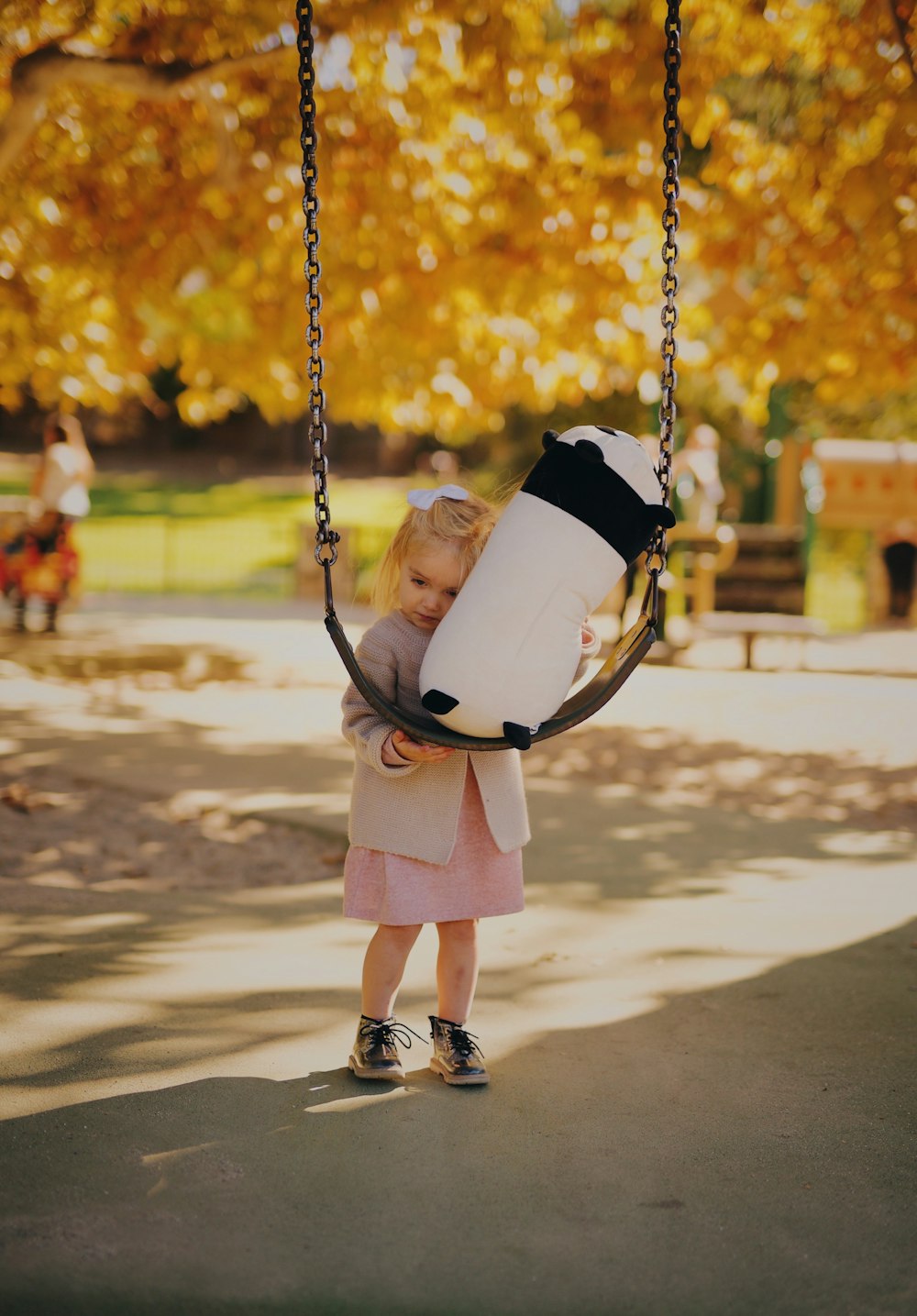
“Since we can’t know what knowledge will be most needed in the future, it is senseless to try to teach it in advance. Instead, we should try to turn out people who love learning so much and learn so well that they will be able to learn what needs to be learned.”—John Holt
The last year and a few months has demonstrated the necessity of being a lifelong learner. As a society, we faced unprecedented situations. No person alive had seen a pandemic and the history of the last was scarce due to the fact that it was in 1918. Science, business, education, healthcare, manufacturing, government, and more had to stop what they had been doing for decades and rethink of new processes, safety precautions, and procedures. People needed to learn not only about the virus, but also what to do with the information in regards to their lives and professions. If everyone felt they had completed the learning phase of life by graduating, society would have stopped and never restarted.
Children are born with the capacity and desire to learn. As an early childhood educator, it is not our role to make children learn. Rather, we need to foster the natural desire of learning within the child. Here are five ways to help a child continue his love of learning.
ONE
Let them lead. Children learn best by doing, by being an active participant in the process. The questions “how” and “why” are heard often in the preschool classroom. As the facilitator in the learning process, take the time to genuinely discuss these questions with children. If the questions need more than a verbal answer, go the distance to provide experiences and information to help. Pay attention to the theme of the questions. Children may reveal what they are passionate about which can help you plan additional activities. Remember the main goal of this interaction is to follow the child’s lead. Don’t take over and don’t provide more than the child wants. If a simple answer is sufficient, leave it at that. A child who is allowed to guide the intake of knowledge will build a sense of trust with you. This trust will allow him to return as he needs.

TWO
Create a classroom where children belong. Another important aspect of learning is a feeling of safety and security. The first suggestion is an important part of this. Your relationship with the child matters. Trust is essential for a child to feel safe. Other ways to help children feel as though they belong is through representation. Children need to see themselves, their families, and their culture in the classroom. Additionally, allow children to control the use and time within the classroom space. Have clear guidelines so the children know the boundaries. If children have complete control, chaos is sure to break out. It is a balance between allowing children choices and setting realistic boundaries. As the educator, be available in the classroom. Allow children to choose your role in their exploration.

THREE
Allow children to explore. Make the process the focus and not the product. As adults, we often hold children back from in depth learning by having limits on activities. When a child shows a curiosity, let him follow through to the next step. The next step is often messy, loud, and not part of the adult plan but is necessary for the child. Avoid making children demonstrate or verbalize the intention of the exploration. The activity does not require a quiz to demonstrate the skills and knowledge gained. Trust the child to know he has accomplished his intended goal.

FOUR
Children need to take risks and fail. This connects to the exploration aspect of learning. A child may not always reach their goal and that is ok. If a child fears failure, learning will become more difficult. Children need to experience the results of failure as a positive rather than as losing out. A child who never fails, may be devastated when it inevitably occurs. The ego of a child can be fragile and such devastation can have a lasting impact. Instead, encourage children to think outside the box and try new things. When things don’t go as planned, talk about how to make changes and try again. Failure is just the beginning of the process, not the final destination.

FIVE
Allow children to be lazy. Essentially, recognize that when children are still and not engaged, they are still learning. Children do not need to be stimulated all the time. Often as adults we try to fix a child’s boredom rather than stepping back and valuing this time for a child. This suggestion relates to many of the others. If a child needs a quiet moment, he is not losing out on opportunities. He is instead gaining trust that you will give him what he needs. He is sensing that he is in control of how and what he learns. Children need time to think. If a child’s day is scheduled with structure, the time to invent solutions to problems, time to cope with stressful events, and time to simply be quiet do not fit in.

The love of learning does not need to be gifted to children. Instead, children need to be encouraged to continue an already established desire for knowledge and growth. Even though children are naturally inclined to love learning, adults often get in the way and that love starts to dwindle. Adults tend to make learning a time to control, a time to be filled with academics, and a time to test. All of these have a negative impact on a love of learning. Learning should be filled with exploration, risk, trust, discussions, and quiet. So, how do we teach a love of learning…we don’t. We simply foster what children are naturally inclined to do.
Additional information:
- https://www.prekadvisor.com/how-can-pre-schools-instill-a-love-of-learning-in-their-students/
- https://www.gettingsmart.com/2015/04/10-ways-to-inspire-a-love-of-learning/
- https://www.psychologytoday.com/us/blog/freedom-learn/201712/the-joy-and-sorrow-rereading-holt-s-how-children-learn
- https://www.naturalchild.org/articles/jan_hunt/unschooling.html



























































































